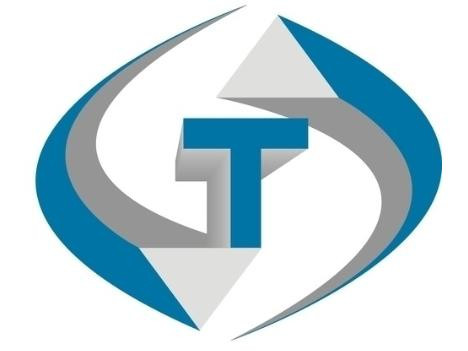
- HongKong Baisite Bearing Co., Ltd
- Global drilling rig Buyer Mud pump bearings High Performance Maintenance-free Industrial Bearings Special Heavy Loading Agricultural Bearing Industry
Home> Company News> Installation and maintenance of oil pump sliding bearings
- AddressKunshan Development Zone,Tsimshatsui Kowloon Hongkong
- Factory AddressKunshan Development Zone,Tsimshatsui Kowloon Hongkong
- Worktime9:00-18:00
- Phone(Working Time)00852- 68532236
- Phone(Nonworking Time)00852- 68532236
- Fax00852- 68532237
Installation and maintenance of oil pump sliding bearings
2018-10-23 18:01:12First, the installation of sliding bearings
Sliding bearings are generally used under conditions of low speed and heavy load. The following are the following elements for sliding bearing installation:
1. The sliding bearing is installed to ensure that the journal is flexible, accurate and stable in the bearing hole. Since the maintenance of the sliding bearing is troublesome, it is necessary to ensure that the bearing is installed correctly and without errors during installation. Ensure that the bearing can operate normally without error.
2, pay attention to the smooth flow of oil, oil circuit and oil tank connected. When scraping, the pips on both sides of the oil tank should be soft to form an oil film, and the tips at both ends are even to prevent oil leakage. It is convenient to add lubricating oil in the later maintenance. Conducive to maintenance.
3, the bearing bush and the bearing housing hole should be repaired and sturdy, the bearing surface of the bearing bush should be 0.05~0.1mm higher, so as to be compacted. The integral bushing should be prevented from deflecting when pressed in and fixed with a set screw. If the bearing is skewed during the installation process, it will cause poor operation, cause deformation of the shaft, and damage the mechanical equipment.
4. HongKong Baisite Bearing Co., Ltd Pay attention to the cleaning, the parts that can appear oily during the repairing and debugging process, and clean and oil after repairing. The bearings should be cleaned before installation to ensure that the sliding bearings are clean and even small impurities can cause damage to the bearings.
5. The lubrication, heat and vibration problems should be checked frequently during the use of sliding bearings. In case of fever, smoke, jam, abnormal vibration, sound, etc., it is necessary to check in time, and a series of faults should be analyzed, and then take corresponding measures according to the specific conditions of the analysis. Try to avoid causing unnecessary damage.
Second, sliding bearing inspection and maintenance matters needing attention:
(1) Bearing inspection
1. Radial bearing disintegration measurement items: bearing bushing force, head clearance, backlash and side gap symmetry; contact between lower tile and shaft diameter and wear degree of bearing bushing; shaft diameter roundness and surface roughness; oil system The degree of cleanliness and oil quality test results; other inspection items (gap and wear of the labyrinth seal ring, adjustment of the contact between the horn and the bearing housing, etc.).
2. Radial bearing inspection items: bearing alloys have no defects such as tires, cracks, blisters, blowholes, etc.; contact angles of shaft diameter and bearing pads; adjustment of the mating angle between the horn and the bearing seat; whether the joint surface of the bearing bush is flat, with or without burrs, Deformation exists.
3, bearing inspection and treatment of the bearing: the inspection method of the bearing of the bearing Wujin, in addition to the obvious out of the tire can be directly seen out, generally need to soak the bearing bush in kerosene, stay for a while, remove and dry, put the clean paper at the joint or Apply white powder to the joint, and then squeeze the bearing by hand. If the paper or white powder has oil traces, it proves that the bearing is removed. After the bearing inspection, one of the following defects is found, it must be recast: the bearing gap is too large, the alloy thickness Can not continue to scrape, Wujin has a large area of sand holes, pores, impurities, tire cracks and so on.
(2) bearing repair
1. Radial bearing repair:
Check the contact between the radial bearing bush and the bearing seat and bearing gland;
If the manufacturer does not specify the contact angle, the contact angle is 60 to 70 degrees;
The contact point is not less than 3 points/cm 2 , and no contact points are allowed in other parts of the bearing pad after leaving the contact surface;
Oil pocket (oil port): When the lubricating oil enters the oil pocket, the oil spreads and increases the oil flow passage, which is beneficial to oil film formation and cooling of the tile. For the deep scraping of the Babbitt bearing bush, the bottom of the bearing bush scrapes 3 to 5 deep oil pockets. Generally, the depth of the oil pocket is required to be 0.3 to 0.4 mm, and the gap and size of the oil pocket are preferably 8 mm × 8 mm. Both sides of the bearing bush should also scrape the oil pocket at the same time, but it can be shallower than the bottom, and is generally ideal for 0.25 to 0.3 mm. In addition, the surface roughness of the bearing bush should be paid great attention to in the scraping bearing bush. Especially after deep scraping the oil pan, the surface of the bearing pad must be polished with a soft cloth or towel, and the blade generated by the scraping of the scraper should be removed;
Transition line: refers to the boundary between the contact area and the non-contact area. The boundary is required to be obvious, but no step is allowed. The boundary between the oil pocket and the tile surface should also be a smooth transition.
Third, the sliding bearing defects and causes:
(1) Failure of the oil supply system and poor oil quality
The oil supply system fails, causing the oil to be interrupted or partially interrupted, causing the bearing alloy to melt due to lack of oil; poor oil quality, such as excessive acid value, water in the oil, impurities, etc., causing wear of the bearing alloy and the shaft diameter Corrosion, when the oil film is damaged, the semi-dry friction occurs, causing the bearing alloy to melt; the oil temperature is too high or too low.
(2) bearing and bearing problems
The quality of the bearing alloy is unqualified or the casting process is poor. There are defects such as pores, slag inclusions, cracks and tires in the bearing alloy layer; unsatisfactory repair due to bushing clearance or contact angle, poor contact of the bushing adjustment horn, and incorrect installation position of the bearing bush (top) If the gap is small and the bearing bush is too tight, the bearing and the journal contact do not meet the requirements, resulting in uneven lubrication and load distribution of the bearing bush, causing local dry friction and causing wear of the bearing alloy.
(3) Accidents caused by causes other than bearings
When the vibration of the equipment is too large, the journal continuously hits the bearing alloy layer, and white marks and visible cracks appear on the surface of the alloy, and the alloy in the crack region begins to peel off and fall off. The crack causes the oil film to be damaged, and the detached alloy will block the oil gap, causing the bearing bush to not be properly lubricated. Corrosion occurs due to the shaft current, and the corrosion occurs on the surface of the journal and the alloy. When it is slight, the surface loses the metallic luster. The journal and the surface of the alloy will be electrically corroded into pitting. If it continues to develop, it will damage the normal contact between the bearing bush and the journal; due to defects such as out-of-round journal, rough surface, and scratches, the alloy will wear out excessively and destroy the integrity of the oil film. .
In view of the importance of the use of sliding bearings, and the early damage of sliding bearings is much more common than bearing burnout, it is important to prevent early damage to sliding bearings. Proper maintenance of the sliding bearing is an effective way to reduce the early damage of the bearing and a reliable guarantee to extend the life of the bearing. Therefore, in the routine maintenance and repair of the oil pump, attention must be paid to the appearance of the alloy surface, the back end, the end and the edge of the bearing. If there is an abnormality or a sign of excessive wear, it is necessary to carefully identify the cause and take it. Corresponding measures to improve the working conditions of the bearing, pay attention to the prevention of early damage to the sliding bearing.
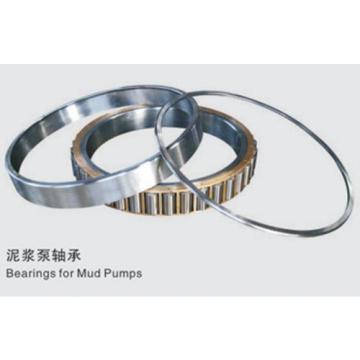 7309BTN/DT French Guiana Bearings Angular Contact Ball Bearing 45x100x50mm
7309BTN/DT French Guiana Bearings Angular Contact Ball Bearing 45x100x50mm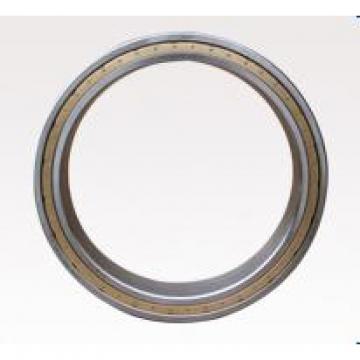 29326E Tuvalu Bearings Bearing 130x225x58mm
29326E Tuvalu Bearings Bearing 130x225x58mm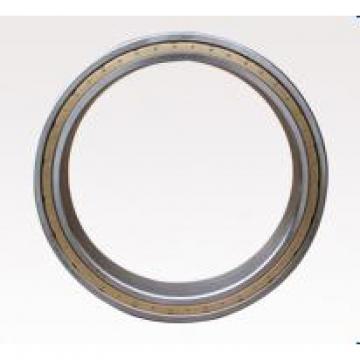 22222CC/W33 uruguay Bearings 22222MB/W33 22222CA/W33 22222E Bearing
22222CC/W33 uruguay Bearings 22222MB/W33 22222CA/W33 22222E Bearing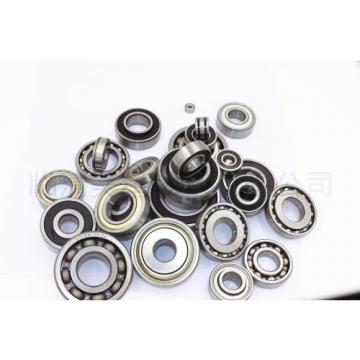 B71932-E-T-P4S Liechtenstein Bearings Bearing 160x220x28mm
B71932-E-T-P4S Liechtenstein Bearings Bearing 160x220x28mm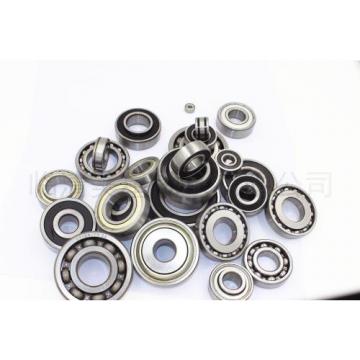 23036CC/W33 Lvory Coast Bearings Spherical Roller Bearing 180mmx280mm X74mm
23036CC/W33 Lvory Coast Bearings Spherical Roller Bearing 180mmx280mm X74mm